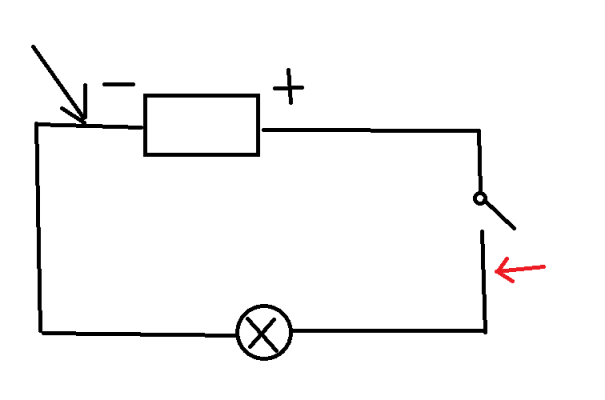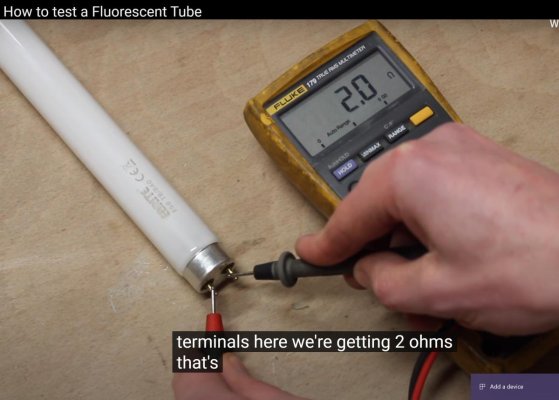Portage_Bay
Guru
- Joined
- Oct 19, 2015
- Messages
- 2,463
- Location
- United States
- Vessel Name
- Pacific Myst
- Vessel Make
- West Bay 4500
The best way is a newer programmable charger. The charger should have 3 phases ending in float when the batts are fully charged. It should be programmable to meet the battery manufacturer's specifications. Here are some articles that will help you get up to speed.
I installed Sterling gear in my previous boat and will give Sterling a mixed review.
The good is that their gear is well made and Ben Sterling promptly answers questions. I'm using heavy duty locally made flooded batteries. The manufacturer recommends charging profiles a bit lower than the built in flooded profile. It was simple to make the change to keep my batts happy.
The not so good is the instructions can be hard to decipher. An example is the Sterling charger I purchased shipped in "California mode" where it would sometimes go to sleep and not wake up again leading to depleted batteries. It has to be programmed into "Power Supply" mode. Easy to do. But the required change was not at all clear in the instructions.
- Installing a Marine Battery ChargerDespite the word "installing" in the article title there is good info in here on prgrammable chargers.
- Choose Your Battery Chargers Carefully
- And if your house bank and start bank are different battery chemistry you may want to install a DC to DC charger. Here's one The Sterling Power Pro Batt Ultra DC to DC Charger
I installed Sterling gear in my previous boat and will give Sterling a mixed review.
The good is that their gear is well made and Ben Sterling promptly answers questions. I'm using heavy duty locally made flooded batteries. The manufacturer recommends charging profiles a bit lower than the built in flooded profile. It was simple to make the change to keep my batts happy.
The not so good is the instructions can be hard to decipher. An example is the Sterling charger I purchased shipped in "California mode" where it would sometimes go to sleep and not wake up again leading to depleted batteries. It has to be programmed into "Power Supply" mode. Easy to do. But the required change was not at all clear in the instructions.
if the boat stays in water all year round, and I only visit her twice a month. what's the best way to use the batt charger?
There is other gear than Sterling but the above reading will give you a good grounding in the basics you need. Note that ProMariner and Sterling seem to be the same. I have been able to find Sterling online for less $$ than ProMariner.


